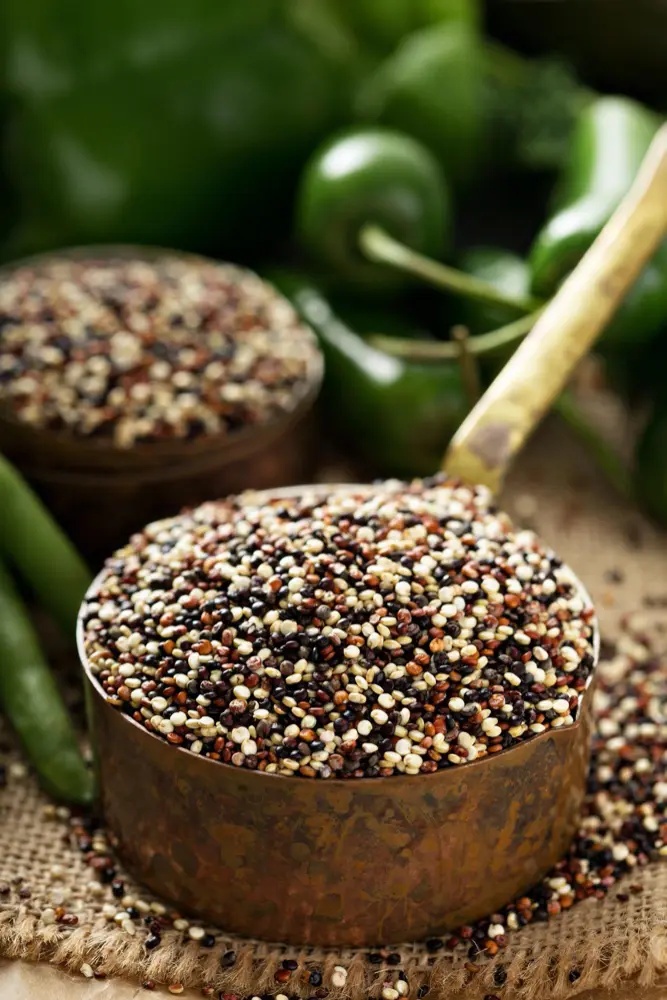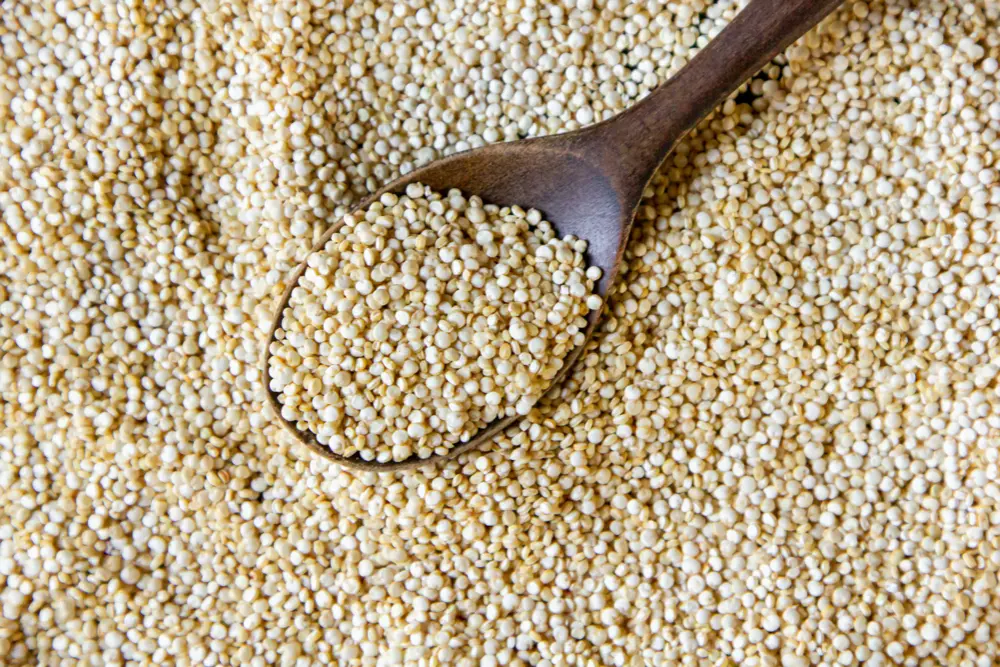One of the main challenges of the food industry nowadays it is the necessity to improve its sustainability and come up with solutions to reduce the environmental impact of its residues through a better and innovative management of them. Quinoa processing is not the exception as it also generates many byproducts whose disposal may cause environmental problems. The bright side is that many of these byproducts have the potential to be useful not just in the food industry, but in many others.
From Ancient Sacred Crop to Scientific Marvel

Quinoa is a pseudo-cereal that was first cultivated by the Andean countries about 7000 years ago. Its importance to the Andean people may rely on the fact that it is tolerant to drought and high salt conditions and due to its nutritional value. Regarding the latter, quinoa has an outstanding nutritional profile with its lipid and protein contents being higher than in other cereals. Also, it contains many essential amino acids, vitamins, and minerals, and it´s rich in antioxidant compounds.
Quinoa Grain: A Key to the Future of Plant-based Proteins
This grain has gained interest due to its protein profile. Not only does it have a greater protein content compared to other cereals, but also it has an essential amino acid content comparable to that of milk. Quinoa protein´s digestibility is also advantageous compared to that of other plant proteins, as is its functionality, with good foam stability and gelation properties. Quinoa is also an excellent candidate for obtaining bioactive peptides with many health-enhancing properties, such as anti-diabetic and anti-inflammatory activities.
Agro-industry waste can be a good source of these valuable components. Quinoa protein concentrates and hydrolysates that can potentially be obtained from byproducts of quinoa processing have a lot of potential in the food industry as plant- based alternative ingredients and in the development of functional foods. The downside is that large-scale commercial production has not been feasible yet.
The Richness Hidden Inside the Grain

Quinoa is also gaining the interest of the scientific community due to its richness in other compounds, such as saponins, antioxidants, polyphenols, and those derived from the seed coat or husk. This is very promising as they can have applications in the development of functional food and ingredients, cosmetics, biomaterials, wastewater treatment, and biofuel production, to mention a few. Saponins are minor components in quinoa and are considered waste by most quinoa processors, nevertheless, studies have shown that they can have nutraceutical properties, such as
anti-inflammatory and anti-carcinogenic activities. Additionally, they can have wide applications in the cosmetic industry.
Quinoa byproducts can also be a great source of nutraceutical biomolecules, such as flavonoids.
These compounds have been found in considerable quantity in water effluents from quinoa processing and have been shown to have antioxidant and anti-inflammatory activities. Furthermore, compounds present in the agro-waste of quinoa husk have been studied for their potential to produce biomaterials and aid in wastewater treatment, for example, in the removal of
dyes from wastewater. Finally, another interesting application of quinoa residues is its use as a raw material to produce biogas. Studies have shown that this grain has demonstrated excellent performance in this process and with production higher than those of other cereal residues, such as wheat and amaranth.
Achieving Sustainability One Grain at a Time
Byproducts from quinoa have been shown to have a wide array of applications in different industries: food,pharmaceuticals, cosmetics, biomaterials, water waste treatment, and biofuel production. Even though there is still a lot of work to be done to make these applications scalable to an industry level it is important given that these byproducts can contribute to more sustainable production processes in multiple industries.


